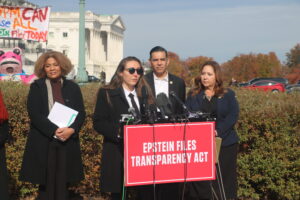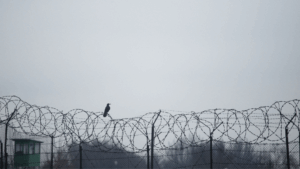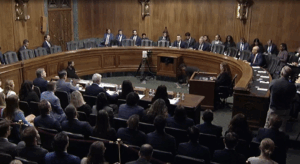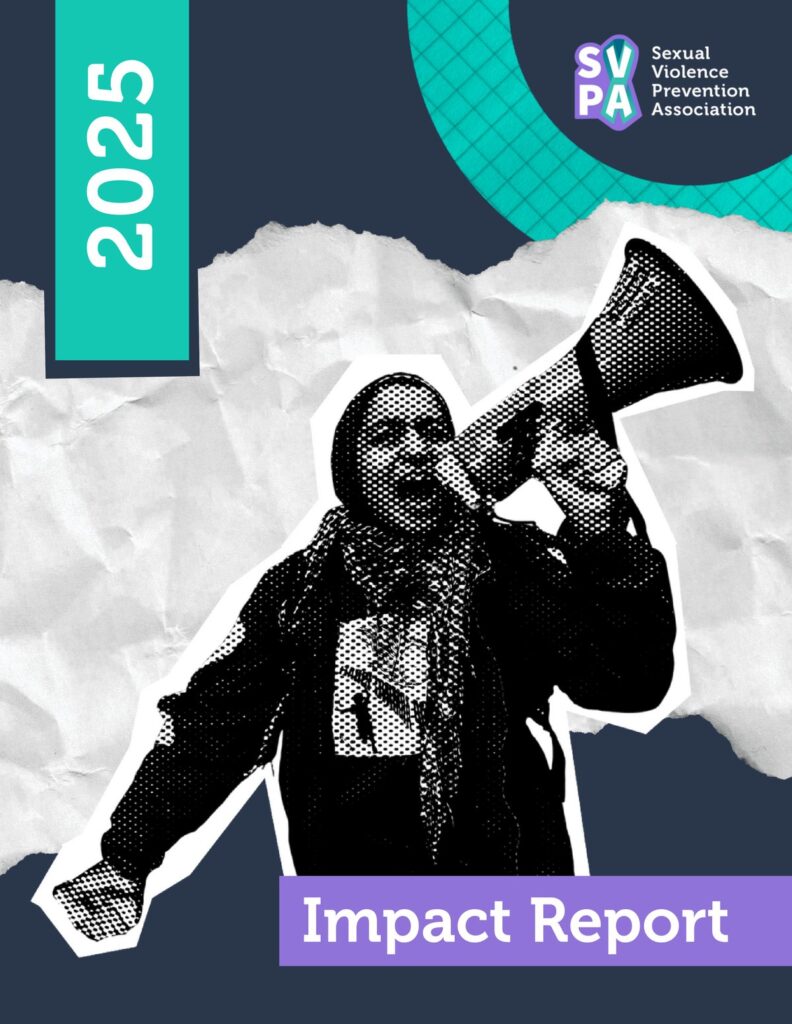Digital sexual violence can go from flirty messaging back and forth to frenzied panic at the threat of sharing intimate, private photos. A night of fun can quickly turn as an AI-generated explicit photo you never took is posted on social media. Not all sexual violence is physical, but all forms of sexual violence cause harm. Everyone deserves safety and respect, in person and online.
The start of a new school year can be an exciting and transformative time for college students, filled with new experiences, friendships, and opportunities. But it also brings heightened risk of sexual violence. More than 50% of college sexual assaults occur between the first day of the fall semester and Thanksgiving break.
This is called the Red Zone. During this time, first-year students are the most vulnerable. For many, this is their first time being exposed to alcohol, partying, and Greek Life. At the same time, they’re adjusting to campus culture and adapting to newfound independence and freedoms. They’re far away from all that they’ve known- their family, friends, and community. Most have little knowledge about consent and healthy boundaries. Nonetheless, many are navigating sex and relationships for the first time.
This year, there is a new danger that students will face- digital sexual violence. Digital sexual violence can take many forms, including:
- AI/deepfake pornography created without consent
- Taking, sharing, or threatening to share intimate images or videos without consent, formerly known as revenge pornography
- Sexualized comments and jokes
- Cyberstalking, such as tracking location
- Sending or receiving unwanted sexual content, sometimes referred to as “dick pics”
- Hate speech and rape threats
- Grooming, predation, and coercion
Digital sexual violence is spreading rapidly. There has been a 400% increase in the number of victims since 2016. Artificial pornographic deepfakes are a particularly harmful form of digital abuse- 96% of all deepfake videos online are pornographic, and 99% of deepfake pornography targets women.
Digital sexual violence has devastating psychological impacts on victims. Further, victims face increased risk of in-person violence, including assault and rape.
Confronting the escalating digital red zone requires decisive action to protect students on college campuses. There are proactive steps all campuses should take, including:
- Digital Bystander Intervention: The 5 Rs of Digital Bystander Intervention offer a framework for witnesses to digital sexual violence, online abuse, or virtual harassment to prevent it from continuing and/or help the victim.
- Respond directly to parties involved;
- Report to respective administrators or authorities;
- Record what is happening;
- Rebuke digital sexual violence; and
- Reach out to the victim and offer resources or provide support.
- Using intentional language: We should also be mindful of the language we use when referring to digital sexual violence. Some survivors prefer to shift away from terms like “deepfake pornography” and “revenge pornography” in favor of artificial and authentic non-consensual explicit materials. This makes it clear the actions were non-consensual and solidifies the victim isn’t to blame.
- Calling for stronger Title IX guidelines: The Department of Education must urgently issue stronger Title IX guidelines that explicitly address the unique threats of digital sexual violence. The SVPA has long advocated for the Department to issue requirements and guidance regarding digital sexual harassment.
- Utilize the Take It Down Act: Ensure all students are aware of the protections granted to them by the Take It Down Act. Provide additional information on report and remove procedures for victims of image-based abuse.
- Fighting for legal protection of victims: Fight for victim resources, justice, and protections against all forms of digital sexual violence. Support legislation like the DEFIANCE Act and the CONSENT Act.
By implementing these strategies, we can prevent the digital red zone. All students deserve to go to college free from sexual violence, both in person and online.






